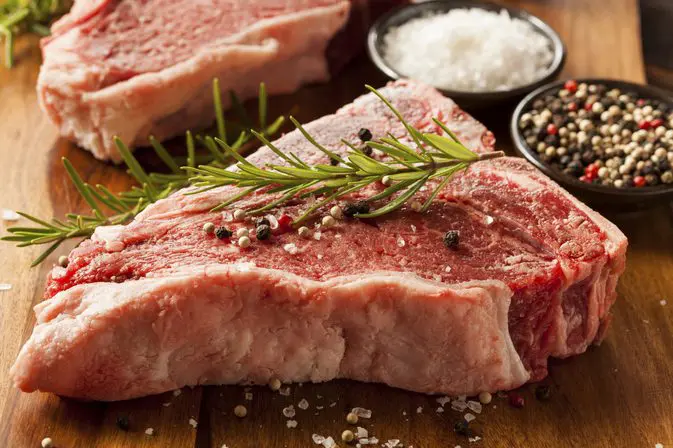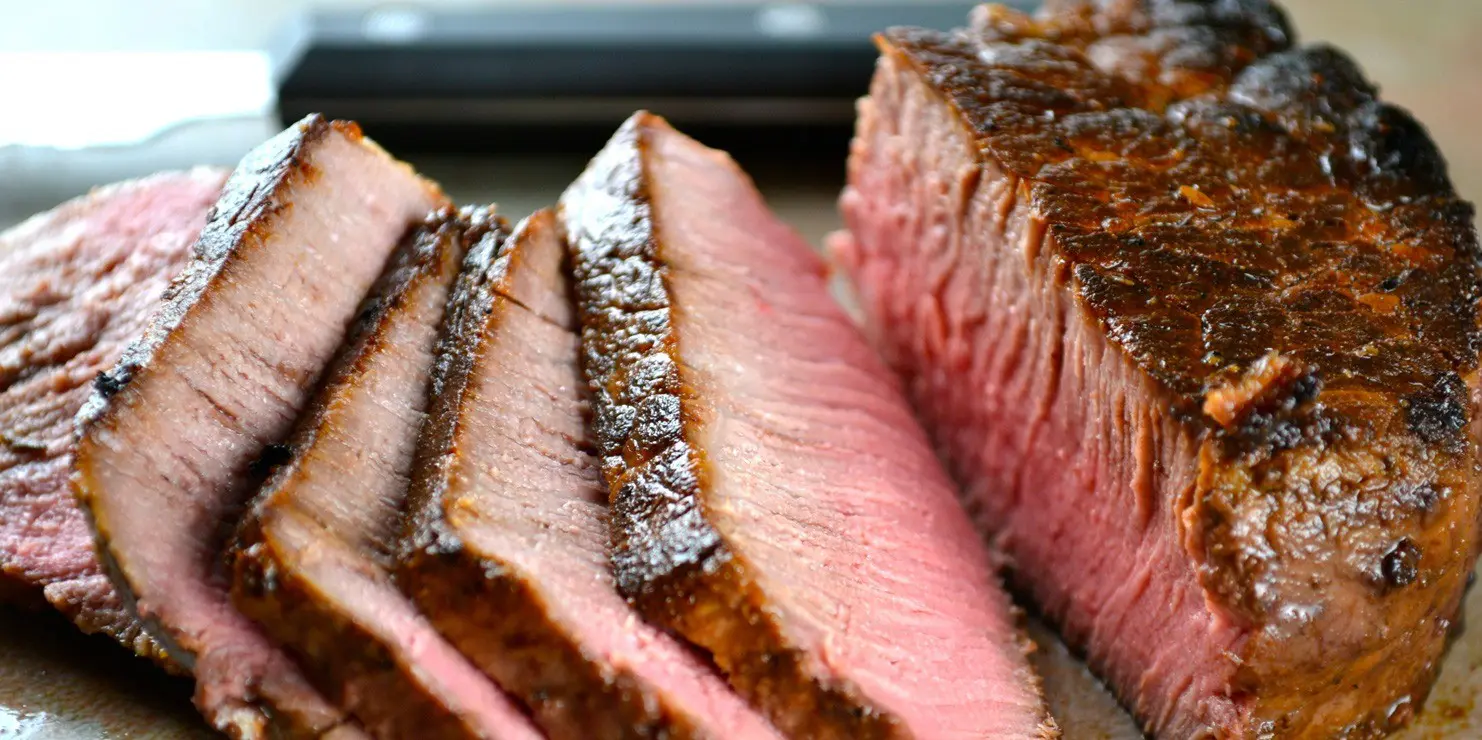It has been common knowledge since the 1980s low-fat diet revolution that saturated fats should be avoided and, if possible, completely eliminated from one’s diet. In the mind of the average person, saturated fat is inextricably linked to heart disease and weight gain.
Unsaturated fats replaced saturated fats in much of our food: people began using vegetable oil instead of lard for cooking, switched from pork bacon to turkey bacon, and began using margarine instead of butter. Plant-based oils and fats are the rules now, with saturated fats regarded by many as something to consume rarely, if ever.
However, some curious questions about saturated fat remain. In some cultures, saturated fats are one of the only sources of food available.
Some Inuit tribes subsist mostly on whale blubber, comprising almost three-fourths of their diet. In one South African tribe, it is normal to eat upwards of 400 grams of animal fat every day. Neither of these groups has much of a problem with heart disease or obesity. A diet high in saturated fat was once normal for most Western people as well, but only in the past few decades have heart disease and obesity become a major public health issue. How do some people live long, healthy lives despite their diets that were high in saturated fat?
New research has suggested that saturated fat is, like many things, best consumed in moderation. Some saturated fat may be beneficial or even necessary.
Updating Common Knowledge

Level Up Your Fitness: Join our 💪 strong community in Fitness Volt Newsletter. Get daily inspiration, expert-backed workouts, nutrition tips, the latest in strength sports, and the support you need to reach your goals. Subscribe for free!
Since the research was accepted and promoted by the U.S. government, weight loss experts were able to write books using this as their angle. Mass media also perpetuated the misinformation. Thirty years later, people still accept this as fact, when new research suggests otherwise.
More current research suggests that it is LDL cholesterol – low-density lipoprotein, commonly called “bad” cholesterol – that is a more reliable indicator of heart disease, as opposed to saturated fat. LDL cholesterol contributes to plaque build up in the blood vessels. Arterial plaque contributes to heart disease.

Incorporating Saturated Fat Back Into Your Diet
Saturated fats should not be a large part of the bodybuilder’s or athlete’s diet. However, when eaten in moderation, saturated fat can help build muscle, boost immune and bone health, and maintain the health of the body’s cells.
Much of your protein should come from egg whites or lean meats such as poultry and fish. However, ground beef and steak are protein sources that contain energy-dense saturated fat. Saturated fat can also elevate testosterone levels, which promotes muscle tissue generation. This is something that can definitely benefit people interested in building muscle mass.










